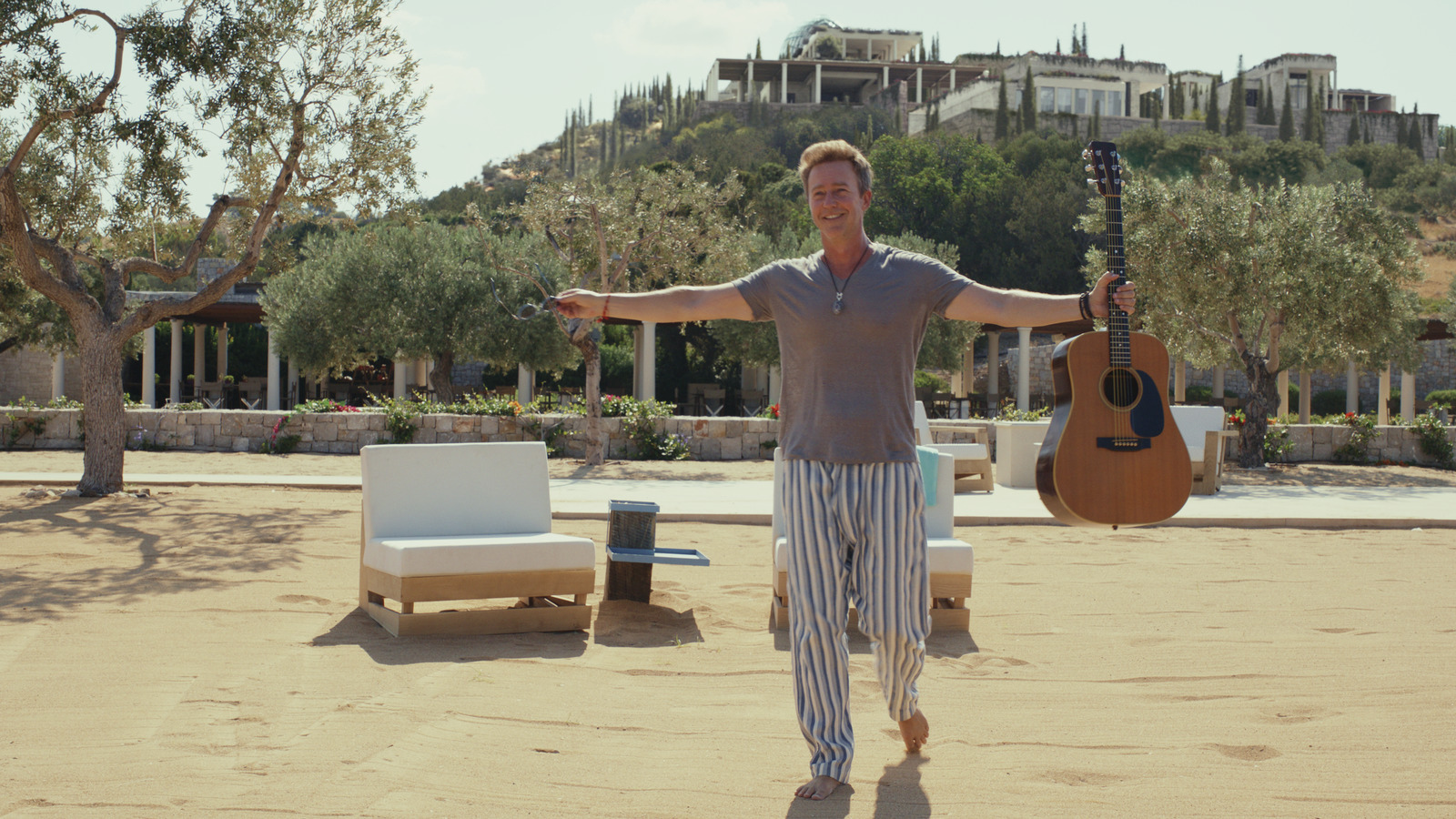
“Without VFX, these stories couldn’t have been made.”
It’s a bold statement from VFX Supervisor Sameer Malik who, alongside Philipp Wolf, VFX Executive Producer at DNEG, worked on Rian Johnson’s Glass Onion - a follow-up to murder-mystery Knives Out, one of the best movies on Netflix.
TechRadar Pro peeled back the layers to speak to the pair - whose team worked on over 500 VFX shots for the film - about the power of AI and visual effects in storytelling, the challenge of making them unnoticeable, and the best VFX software in the industry.
Tell us a bit about yourselves and your background
Sameer [S]: I did my Bachelor’s degree in Commerce, but following that decided that I didn’t want to pursue an MBA to join the family business. I was looking for different fields, and found an option to do a Diploma in 3D and Compositing, which was at the time a very new thing in India. I completed that in 2004 and began doing some freelance work before landing my first internship as a Roto/Paint Artist at Prime Focus in 2006. And here I am, 17 years later, VFX Supervising at DNEG with the same management team.
Philipp [P]: I’ve always been curious and eager to learn new things. I started my career in IT and software development, then found that I had a wide range of interests including automotive engineering, journalism, and reality TV production. These interests eventually brought me to VFX, which I’ve now been working in for the past 15 years. Prior to my current position as Executive-In-Charge, Corporate Strategy at DNEG, I was an Executive Producer. My role allows me to constantly explore new opportunities in the entertainment industry.
What drew you into this industry? What were the films and shows that inspired you to dive into the world of VFX?
Without VFX, these stories couldn’t have been made
S: When I was doing my PG Diploma, I watched a lot of films and shows. I was surprised to discover how some of the work for Terminator 2: Judgement Day had been shot. Inception and Interstellar were also very influential for me, and changed my whole perspective on how technology can support a story - without VFX, these stories couldn’t have been made. I love The Dark Knight, too.
P: For me it was The Fast and the Furious, Metropolis, Cinema Paradiso, and Finding Neverland.
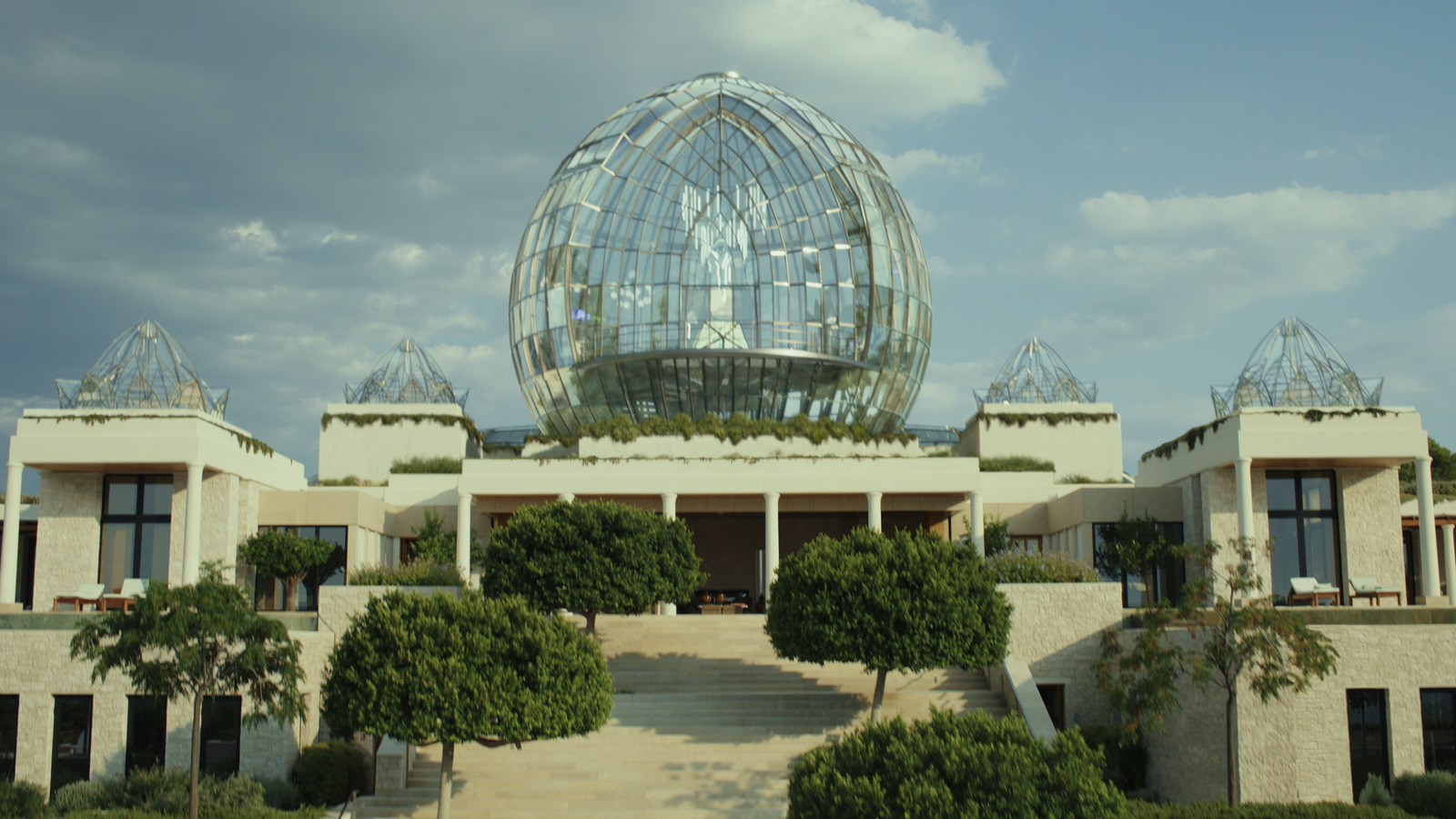
You both recently worked on Rian Johnson’s Glass Onion: A Knives Out Mystery. Visually, the ‘Glass Onion’ dome was the center-piece of the film - what’s the process for creating such a striking image?
S: We received a basic architectural model for the structure design from the show production team, which really helped us to envision how the Glass Onion should look. However, some of the shots looking up from the exterior staircase felt unrealistic.We knew the base wouldn’t hold a 50 feet tall and 29 feet wide structure in real life. So, our modeling team added some supporting beams and created two smaller base villa structures at the front to make the whole look feel closer to a real villa base.
Along with the concept art we received, we took reference from other glass building structures including the Syon Park Conservatory in London, the Glass Crust in Moscow, and the Dancing House in Prague.
- Best 3D modeling software: Apps to make ideas a reality
What were the biggest challenges working on the film?
S: The daytime exterior shots of the Glass Onion were a real challenge. We had to find the right index of refraction and transmission in order to show the reflection of the environment. We tested the Index of Refraction (IOR) value under the different transmission values within the context of each shot to find the right balance. In the end, we had to discount the physics a bit to find the impressive look we were going for with more reflection.
For the surrounding environment, the villa and beachside island were shot in different locations, so our challenge was to showcase them as one. For that reason, we created both locations in CG and designed the terrains in a way that allowed us to keep the real photography as much as possible. Each sequence had its own challenges, but for me the Manhattan Sequence was the most challenging.
P: From a production perspective, the biggest challenge was definitely to render such a reflective and refractive structure, and ensure it properly sits in the different light situations of the provided plates.
The interior scenes of the Glass Onion were filmed on a blue screen set with a partial glass structure in-between the actors and the blue screen. Assuring the exposure balance of the VFX island environment and the foreground plate and its reflections on the glass was certainly a challenge. We also created all the art pieces inside the glass structure and the shot flying towards the back of the villa at night showing them all was really challenging.
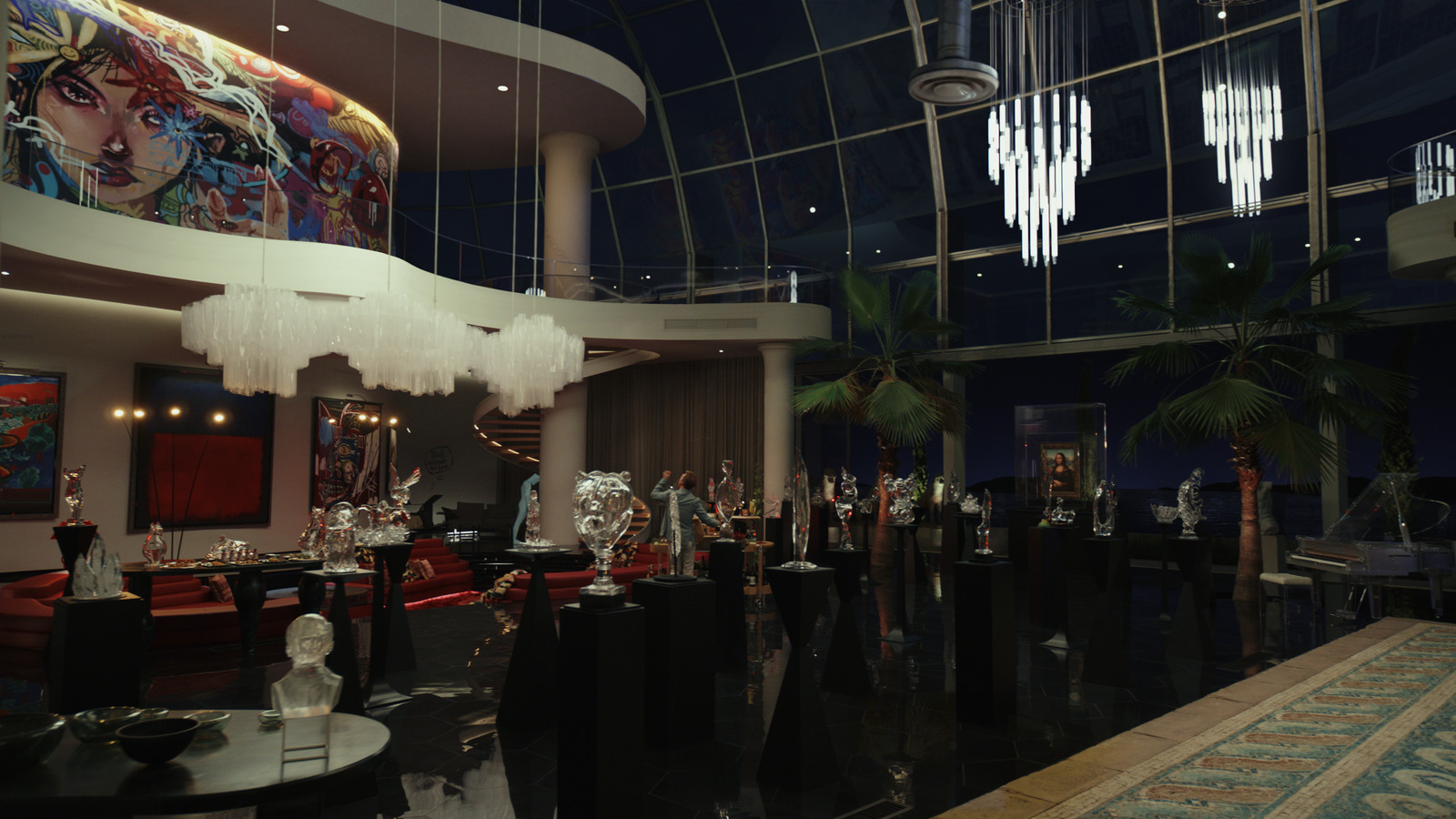
- Best landscape design software: Top tools for crafting outdoor spaces
How do you find balancing your own creative ideas with a director’s vision?
S: The expectation was for the visual effects to be invisible.
P: The goal from the beginning was for the visual effects to seamlessly integrate into the film and enhance the storytelling while keeping control of specific elements in the scene.
S: Production VFX Supervisor, Giles Harding, shot beautiful references that helped us a lot when it came to designing the major assets in the production. But we also had lots of freedom to build and design all the assets based on the references we received. Once we had the master shots, we worked with the director, Rian Johnson, to develop them until they matched his vision for the show.
P: Working with Giles and his team was an amazing collaboration. From the get-go, we acknowledged that we are a team and had the same goal in mind - bringing Rian’s vision to life.
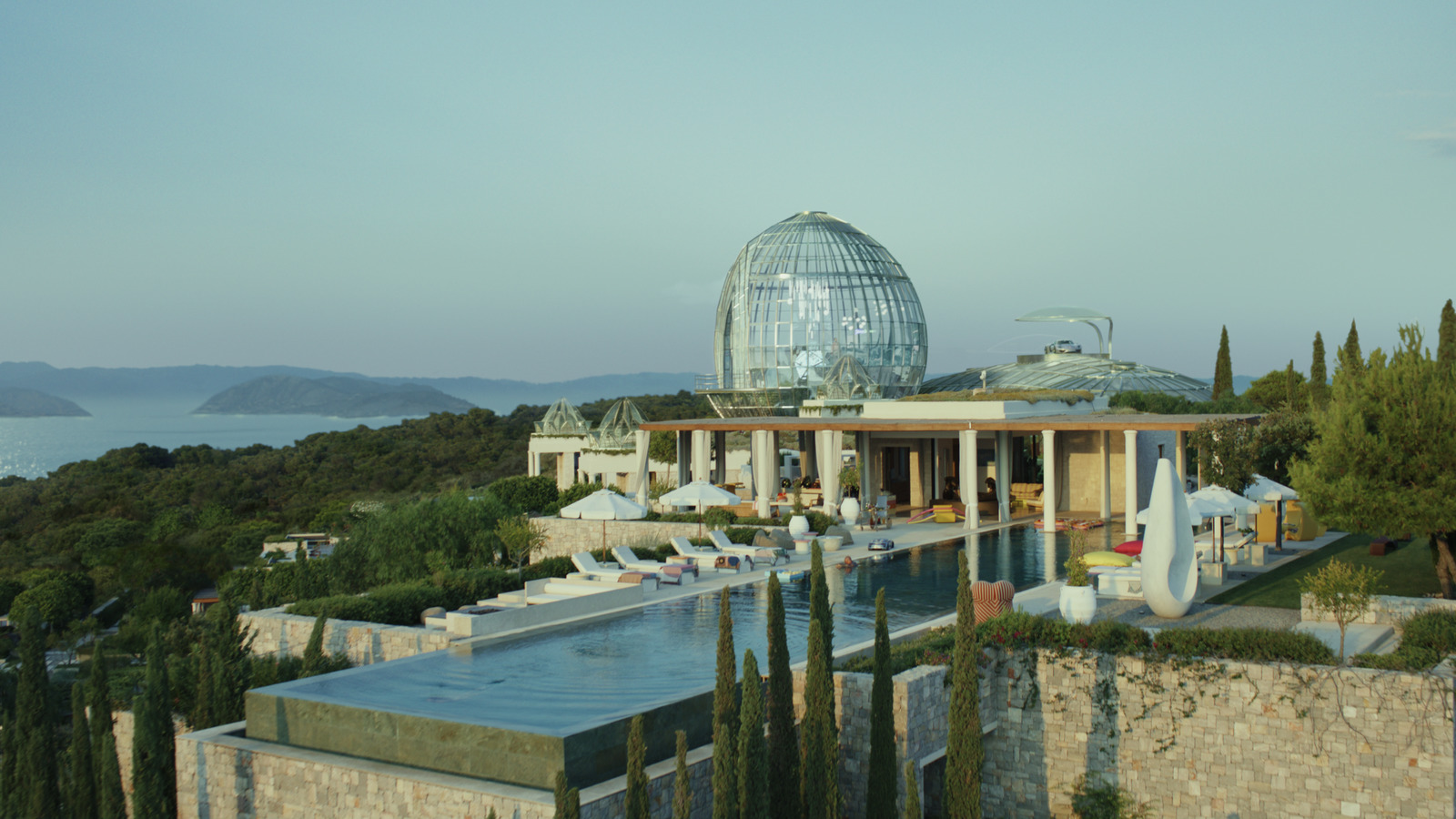
Which post-production software do you rely on to deliver the best results?
S: We use all the usual post-production software like Maya, Clarrise, Nuke, Houdini, and Silhouette.
P: We are heavily relying on tools like Autodesk Maya, SideFX Houdini and The Foundry Nuke within our pipeline.
We’re hearing more and more about AI’s impact across all walks of life - how is it altering your industry, and where will it go from here?
AI is a tool, not a solution
P: AI has the potential to revolutionize the VFX industry by enabling more efficient visual effects workflows. It is essential to note that while AI can automate certain tasks, it is still reliant on skilled artists to oversee and guide the process to achieve the desired results. AI is a tool, not a solution.
S: In my experience, I’ve found AI provides a great set of tools that help us to process things quicker. For example, before AI, we were heavily dependent on artists to provide proof of concept for directors, but now we can make early concepts based on the brief and turn them around very quickly for approval. This isn’t a replacement for concept artists, we absolutely still need skilled artists to oversee the early concepts, and to take those and finesse them for productions, but it helps in the early stages. In terms of the future, there is some very exciting R&D in the works and some of the early results are astonishing - so I’m really looking forward to that!
What other trends and advances in technology do you see emerging over the coming years?
P: We are seeing more and more of a shift towards real-time technology in VFX. Which will help us to achieve more efficient workflows. Real-time will enable us to work in a non-linear and parallel manner.
S: The recently launched Wonder Dynamics AI technology just goes to show how we can’t predict the future. New technologies are constantly breaking barriers and providing tools which are making the industry more efficient.
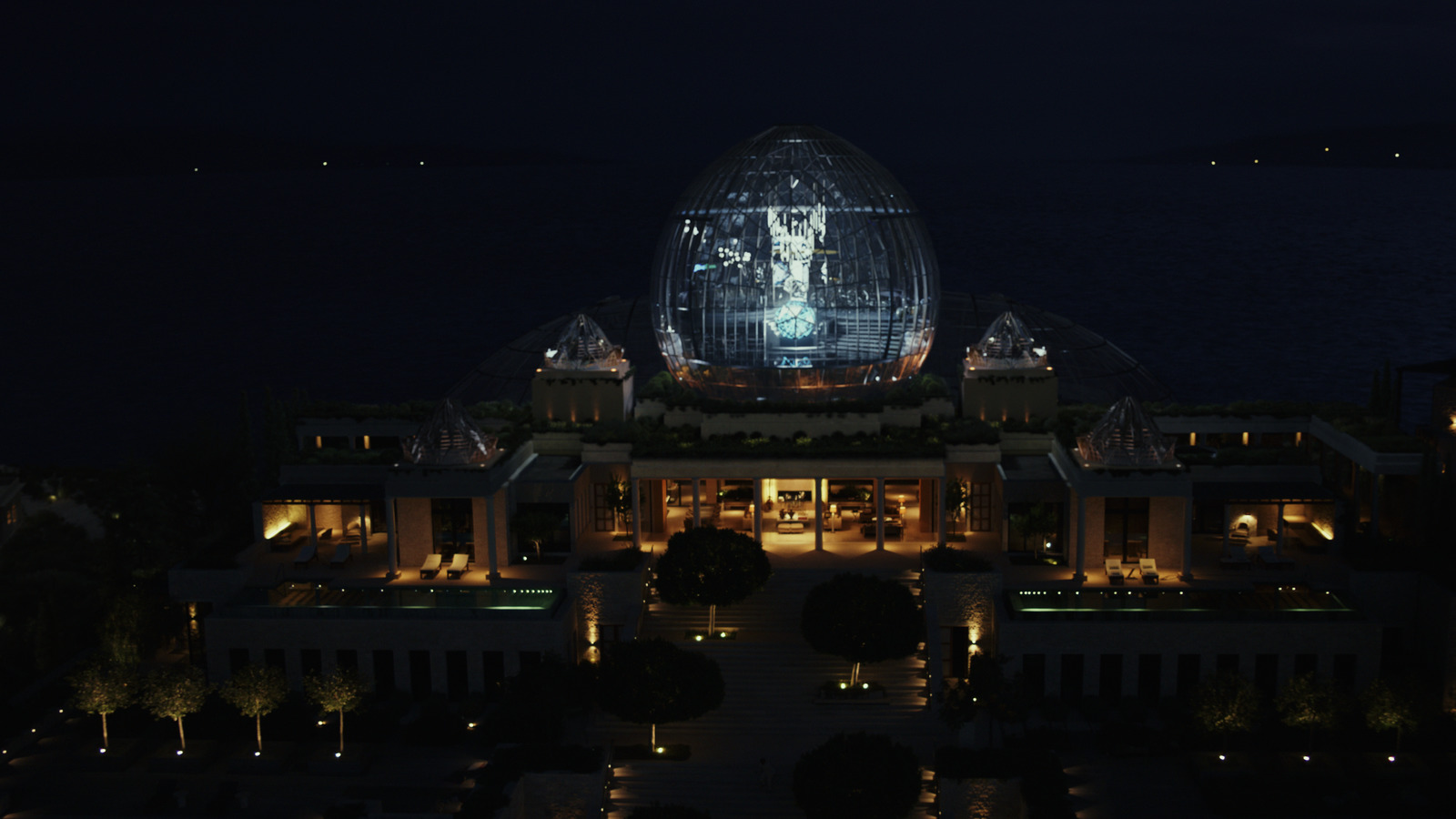
What advice would you give to aspiring VFX artists and those just starting out?
S: Go out with your camera and shoot images - even if you just use your smartphone! Study these images and try to grasp the natural lighting, composition, perspective, and so on. This process will increase your knowledge and understanding in a way that an online tutorial just can’t teach you.
Go out with your camera and shoot images - even if you just use your smartphone!
P: Be honest, be humble and be hungry. This will get you a long way. Visual effects might be the most exciting industry to work in today. When you join a visual effects team, integrate yourself, get to know your peers, get to know what is going on around you, be empathic and open minded.
- Best alternatives to Adobe After Effects: Visual effects apps for every budget and skill-level







